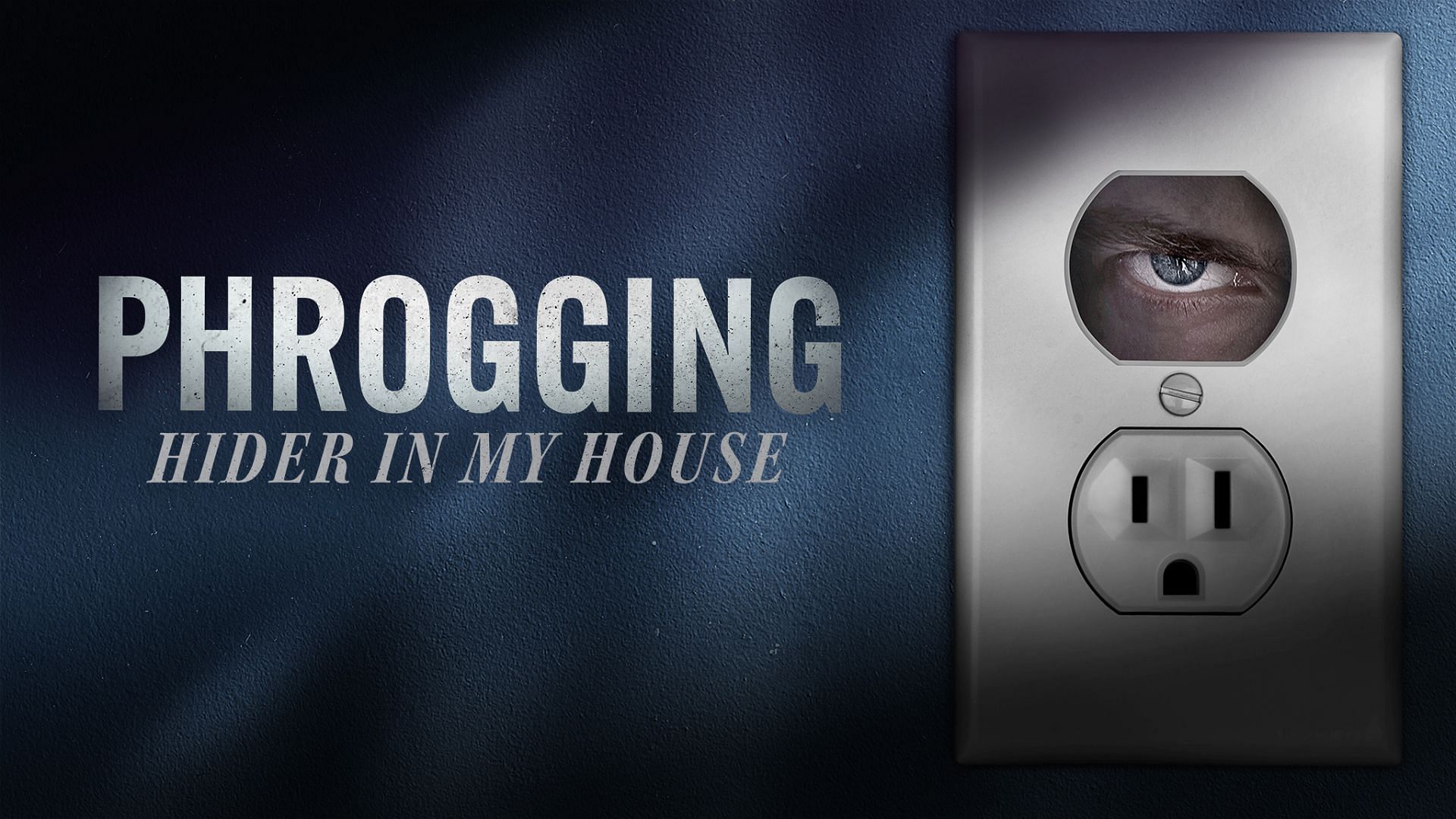What is Phrogging? The Hidden Danger in Your Home
What is Phrogging? The Hidden Danger in Your Home
Blog Article
Imagine acquiring that somebody has been privately living in your home without your knowledge. That unnerving phenomenon is named "phrogging" (pronounced “frogging”). The word derives from the idea of a "frog" hopping from one place to another, as phroggers frequently inhabit various homes quickly while outstanding undetected. While it may seem like something out of a horror film, phrogging is really a real and significantly noted issue.

What Is Phrogging?
Phrogging describes the behave of some one privately surviving in another person's house, generally without their consent or awareness. A phrogger may stay static in concealed places such as for instance attics, basements, get spaces, spare rooms, as well as underneath furniture. They depend on the homeowner's neglect to test these parts, often moving in and out stealthily to avoid detection.
Phroggers don't tend to keep in a single place for long. That transient conduct indicates they usually move unseen for extended times, employing their host's food, electricity, and other assets without permission.
Why Is Phrogging on the Increase?
While official data on phrogging is limited, historical evidence and media studies recommend a growth such cases. A combination of facets has led to this development:
• Economic hardship has left many individuals struggling with homelessness, leading some to get abnormal shelter.
• Greater, multi-story homes common in the current suburbs provide ample hiding spots for would-be phroggers.
• Homeowners' increasing reliance on digital tools like smart locks and motion detectors may possibly unintentionally cause neglect of periodic, physical inspections of their homes.
How exactly to Defend Your Home
To safeguard your self and your home from phrogging, consider these security recommendations:
1. Standard Inspections
Perform schedule checks of your property's less frequented places, such as for example attics, basements, and storage spaces. These spots in many cases are perfect places for concealment.
2. Use Surveillance Cameras
Mount security cameras in and about your home. Cameras with activity recognition may alert one to suspicious task, even yet in low-traffic areas.
3. Secure All Entry Points

Lock windows, doors, and any extra entrances to stop unauthorized access. Guarantee spare secrets are concealed securely or entrusted only to people you trust.
4. Remain Observant
Pay attention to strange signs like food going missing, upset products, or odd noises. These could show some one is remaining in your home.
While phrogging may seem like a silly occurrence, their increase underscores the importance of heightened house awareness. By staying vigilant and taking practical actions, you are able to somewhat minimize the chance of encountering that distressing danger.
Report this page